Stroke Rehab Guide - Stroke Recovery Tool
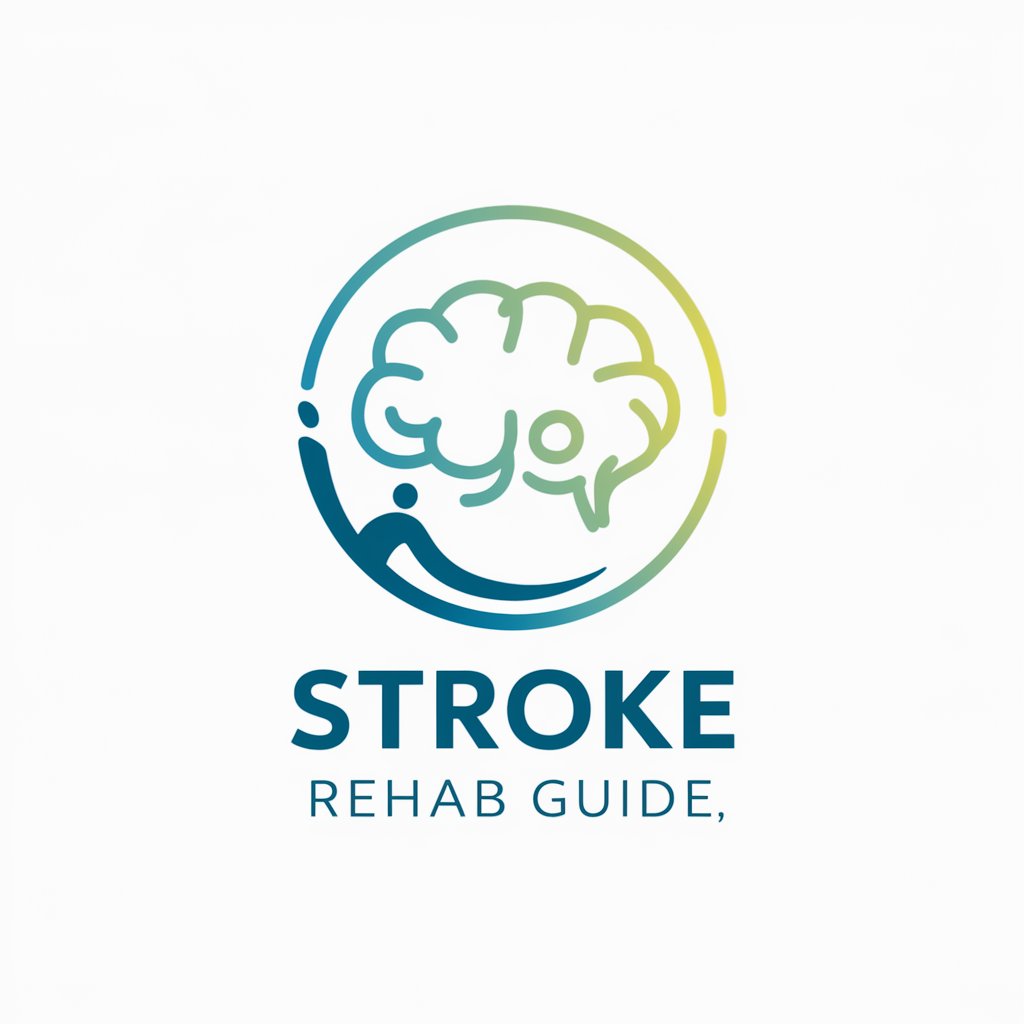
Welcome to Stroke Rehab Guide, your expert resource for stroke recovery.
Empowering Stroke Recovery with AI
Explain the benefits of early supported discharge in stroke rehabilitation.
Describe the role of constraint-induced movement therapy in motor recovery.
Discuss the impact of multidisciplinary stroke units on patient outcomes.
Outline the principles of task-oriented training for functional recovery after stroke.
Get Embed Code
Introduction to Stroke Rehab Guide
Stroke Rehab Guide is a specialized tool designed to provide comprehensive information and support on various aspects of stroke recovery. It leverages a wealth of knowledge from the document '1-s2.0-S0140673611603255-main.pdf' to guide patients and caregivers through the rehabilitation process. This includes advice on physical exercises, speech therapy, dietary changes, and mental health support, reflecting the multidisciplinary approach necessary for effective stroke recovery. For example, the guide can offer step-by-step instructions on constraint-induced movement therapy or suggestions for integrating robotics in motor recovery, all while emphasizing the importance of early and coordinated care. Powered by ChatGPT-4o。

Main Functions of Stroke Rehab Guide
Physical Exercise Recommendations
Example
Detailed programs for improving arm function using constraint-induced movement therapy or robotics, based on evidence from clinical trials and systematic reviews.
Scenario
A user recovering from a stroke needs to enhance arm mobility. The guide provides a structured exercise regimen, emphasizing repetition and intensity for maximum recovery.
Dietary Guidance
Example
Nutritional advice tailored to stroke survivors, focusing on heart-healthy diets that support overall recovery.
Scenario
A caregiver inquires about optimal dietary adjustments to help manage their loved one's weight and reduce stroke recurrence risk. The guide offers recipes and meal planning tips.
Mental Health Resources
Example
Access to resources and strategies for dealing with post-stroke depression and anxiety, including mindfulness exercises and referral to professional help.
Scenario
A stroke survivor struggles with anxiety and depression. The guide suggests daily mindfulness exercises and prompts when to seek further mental health counseling.
Speech and Language Therapy Tools
Example
Guidance on exercises for aphasia or dysarthria, potentially incorporating apps or devices for speech improvement.
Scenario
A user needs to improve speech clarity and regain communication skills. The guide provides interactive speech therapy exercises and tracks progress over time.
Ideal Users of Stroke Rehab Guide
Stroke Survivors
Individuals who have experienced a stroke and are in the recovery phase, benefiting from detailed, customized rehabilitation plans that address physical, cognitive, and emotional recovery.
Caregivers and Family Members
Family members or caregivers of stroke survivors who need guidance and support in caring for their loved ones, including how to assist with exercises, dietary changes, and emotional support.
Healthcare Professionals
Physiotherapists, occupational therapists, and speech therapists who require a reference tool to aid in the rehabilitation process, enhancing the therapy they provide through evidence-based recommendations.

Usage Guidelines for Stroke Rehab Guide
Start a free trial
Visit yeschat.ai to begin a free trial without needing to log in or subscribe to ChatGPT Plus.
Explore functionalities
Explore the tool's functionalities, which cover various aspects of stroke rehabilitation such as motor skills recovery, speech therapy, and mental health support.
Access comprehensive resources
Utilize embedded resources like detailed guides on specific interventions including constraint-induced movement therapy, robotic assistance, and more.
Set personal objectives
Set personal rehabilitation goals using the tool's framework for tracking progress in areas such as mobility, speech, and cognitive function.
Consult with professionals
Regularly consult healthcare professionals to tailor the rehabilitation advice from the tool to your specific needs and conditions.
Try other advanced and practical GPTs
Strobe Guide
Illuminate the impact of strobe effects with AI
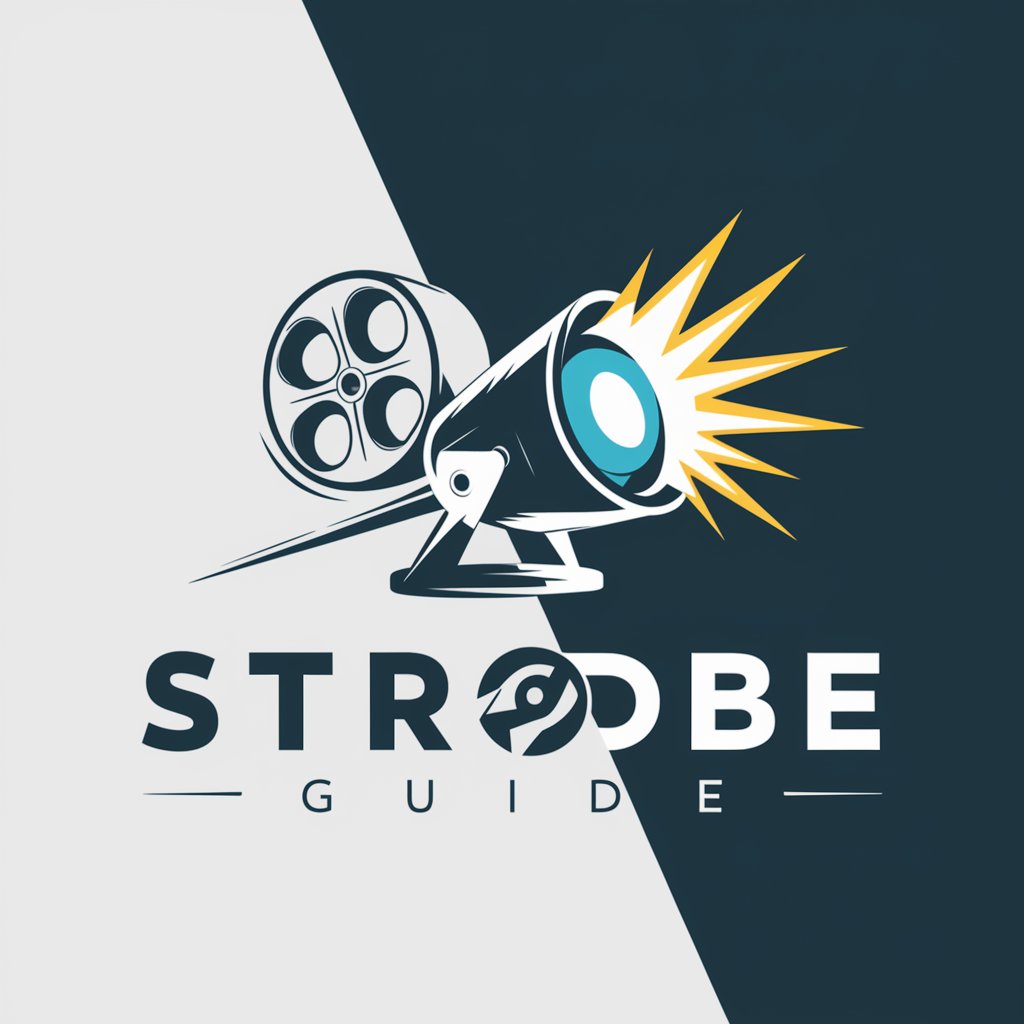
Simple Strokes
Craft Minimalist Designs with AI
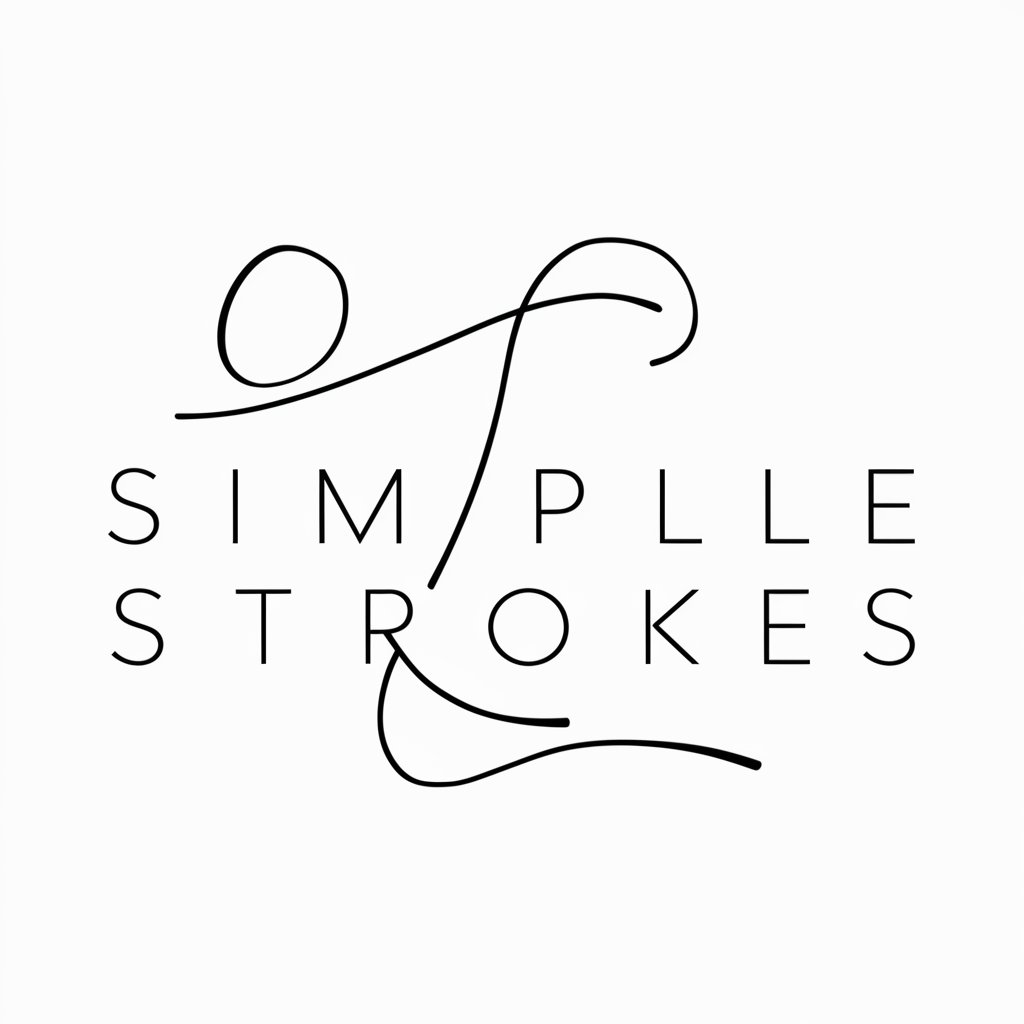
Stroke AI research
Powering Stroke Research with AI
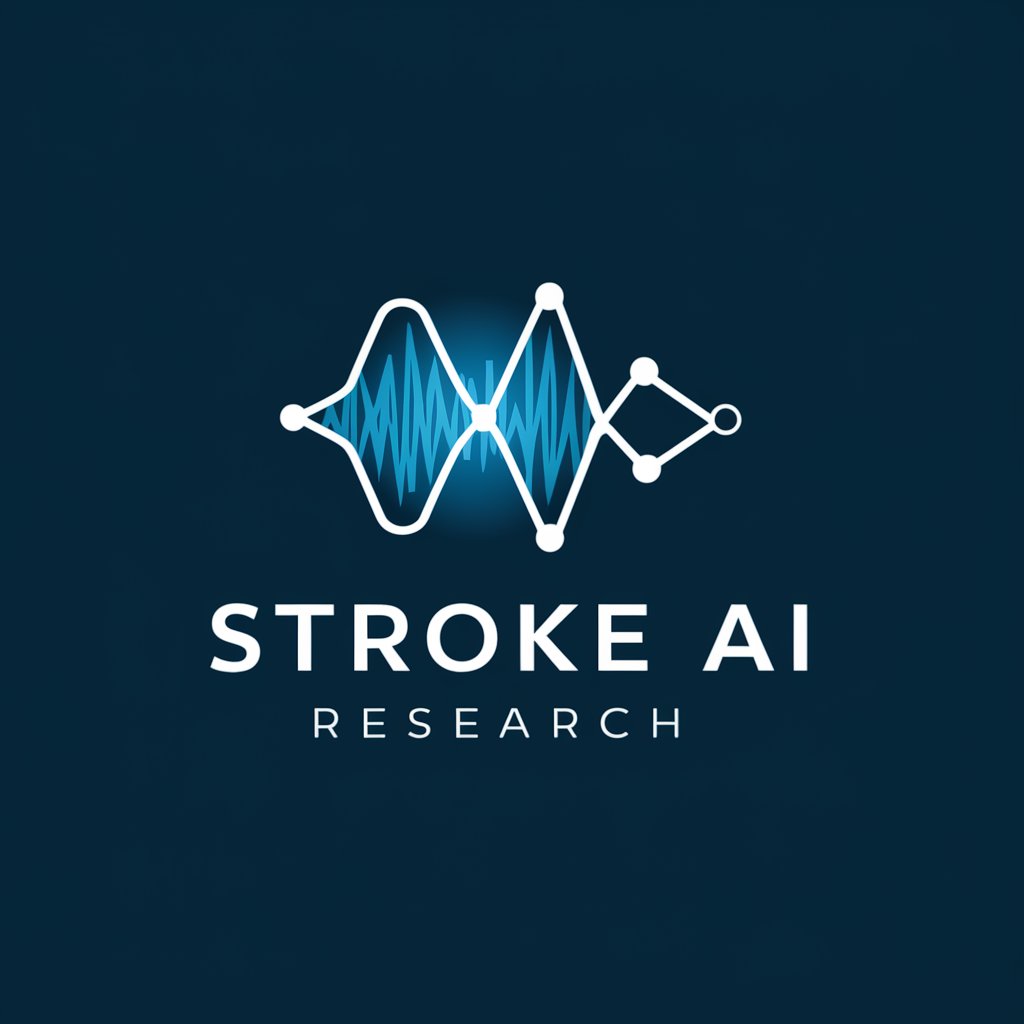
Hemorrhagic Stroke - Patient Group
AI-powered Stroke Recovery Insights
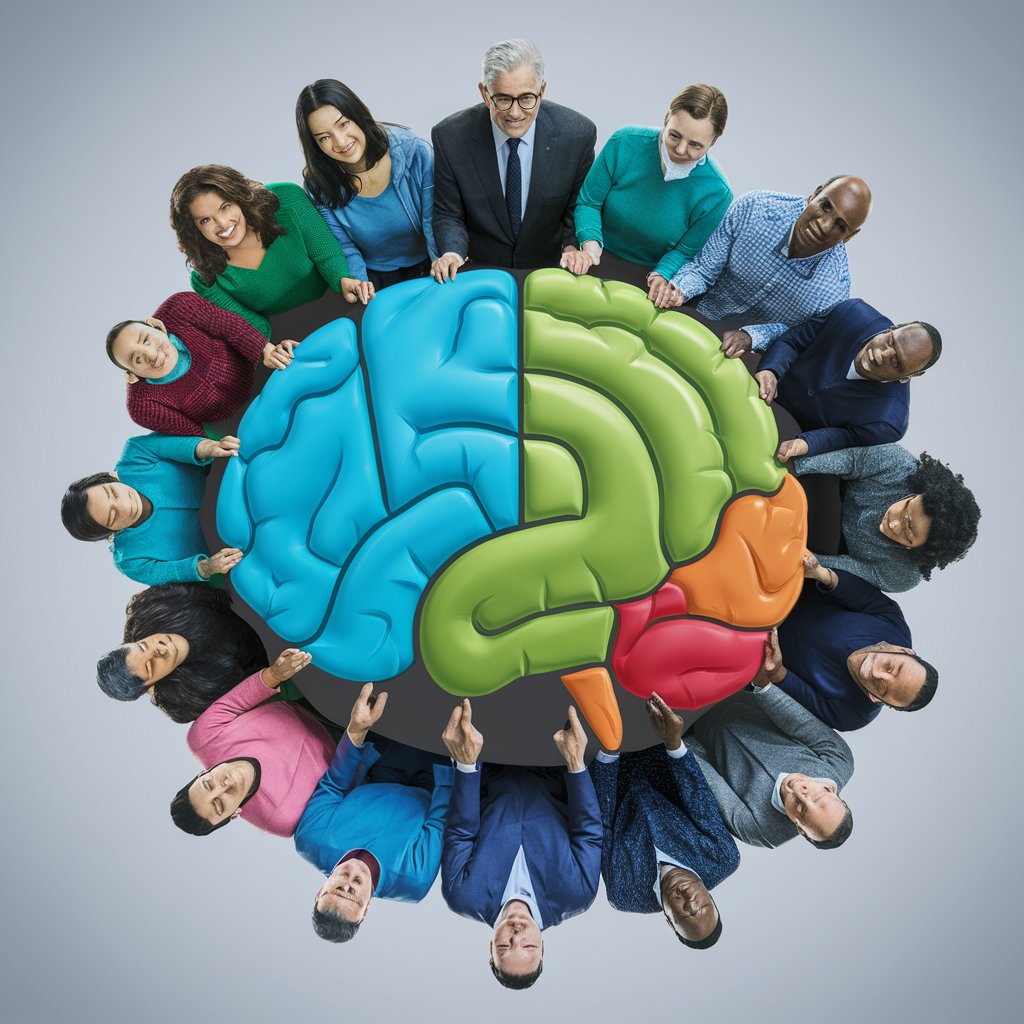
Conservative News Curator
Unfiltered conservative insights, powered by AI
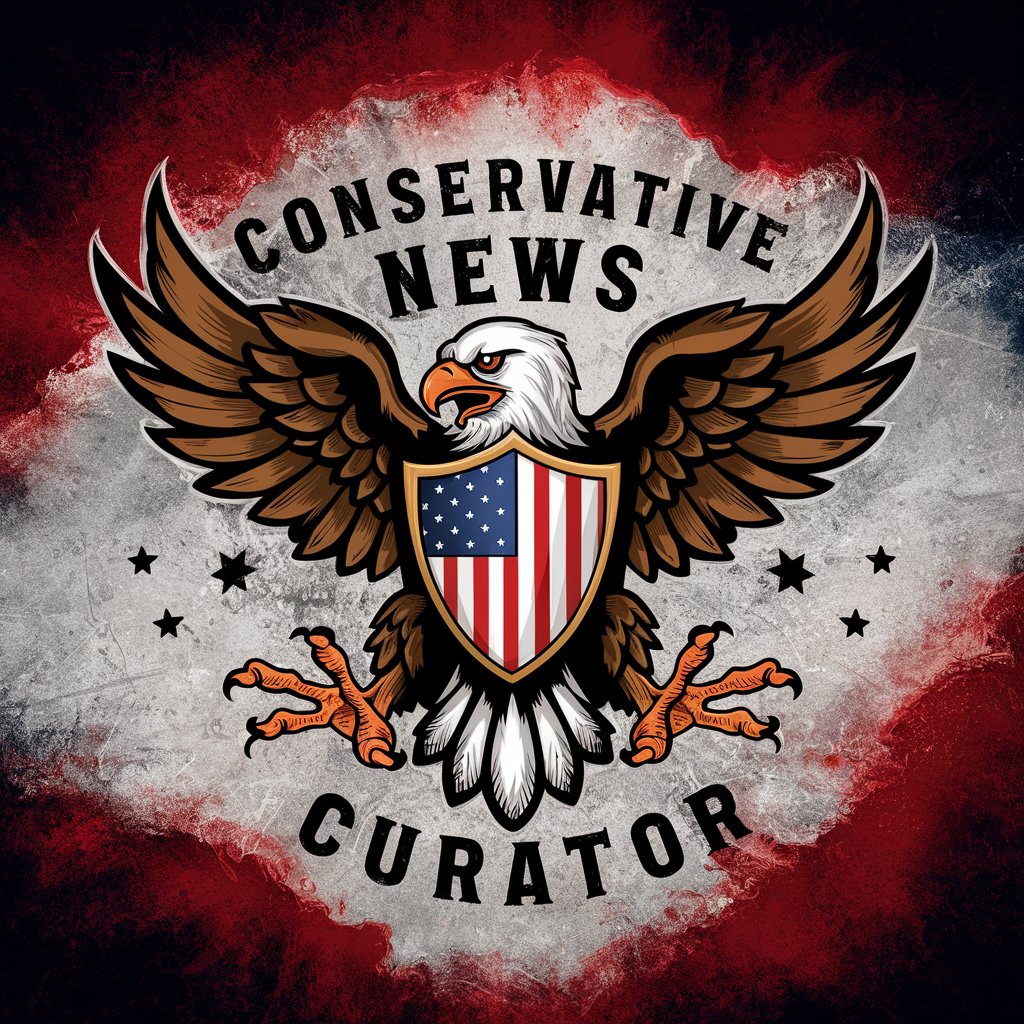
The Conservative Pen
Empowering Conservative Voices with AI
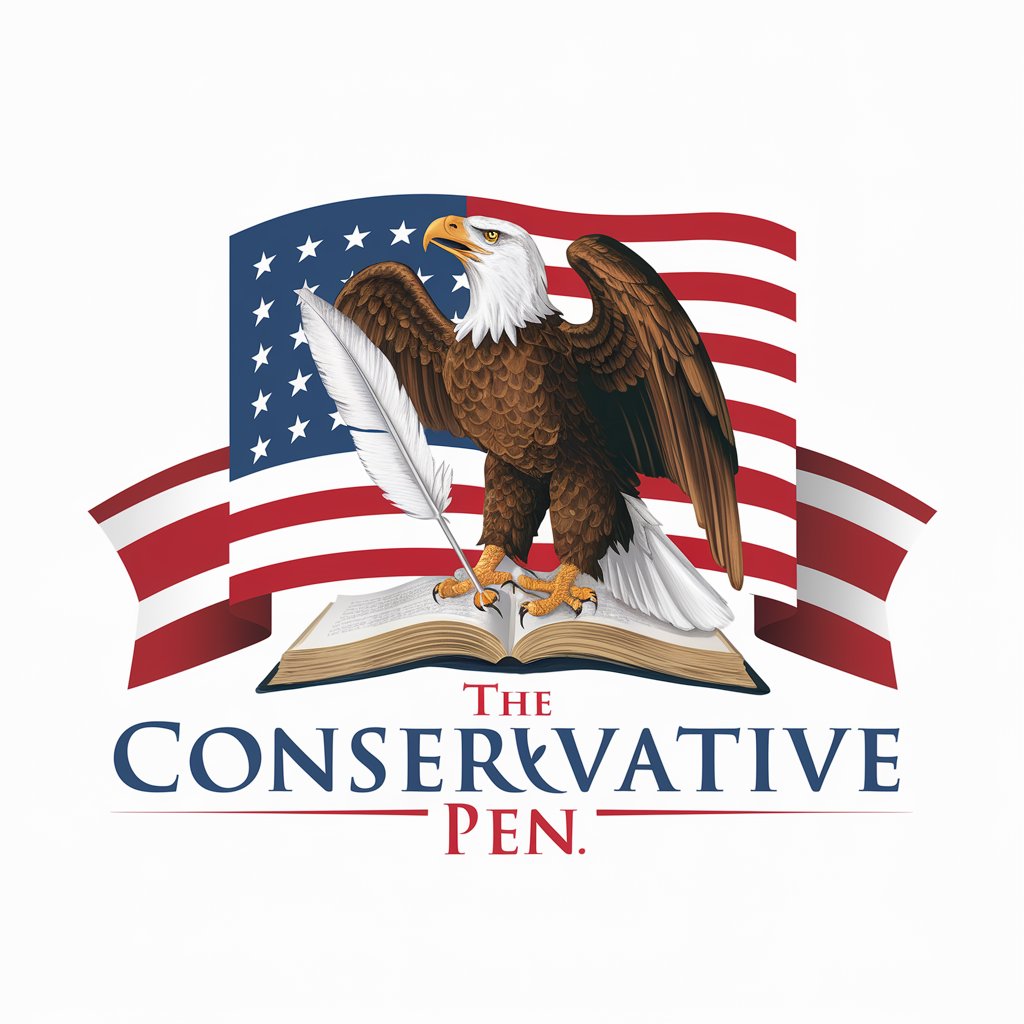
Strobe
Empowering innovation with AI
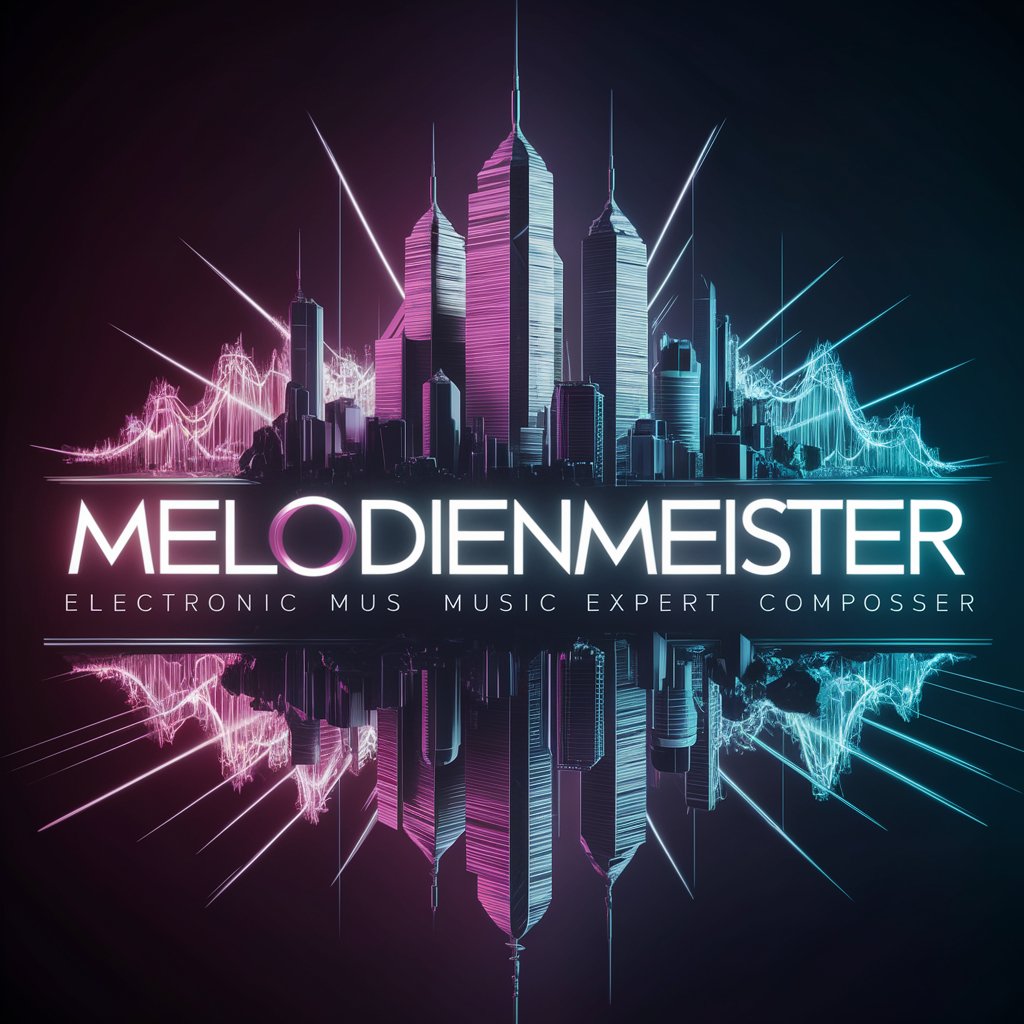
Stroke
Understanding Strokes with AI Guidance
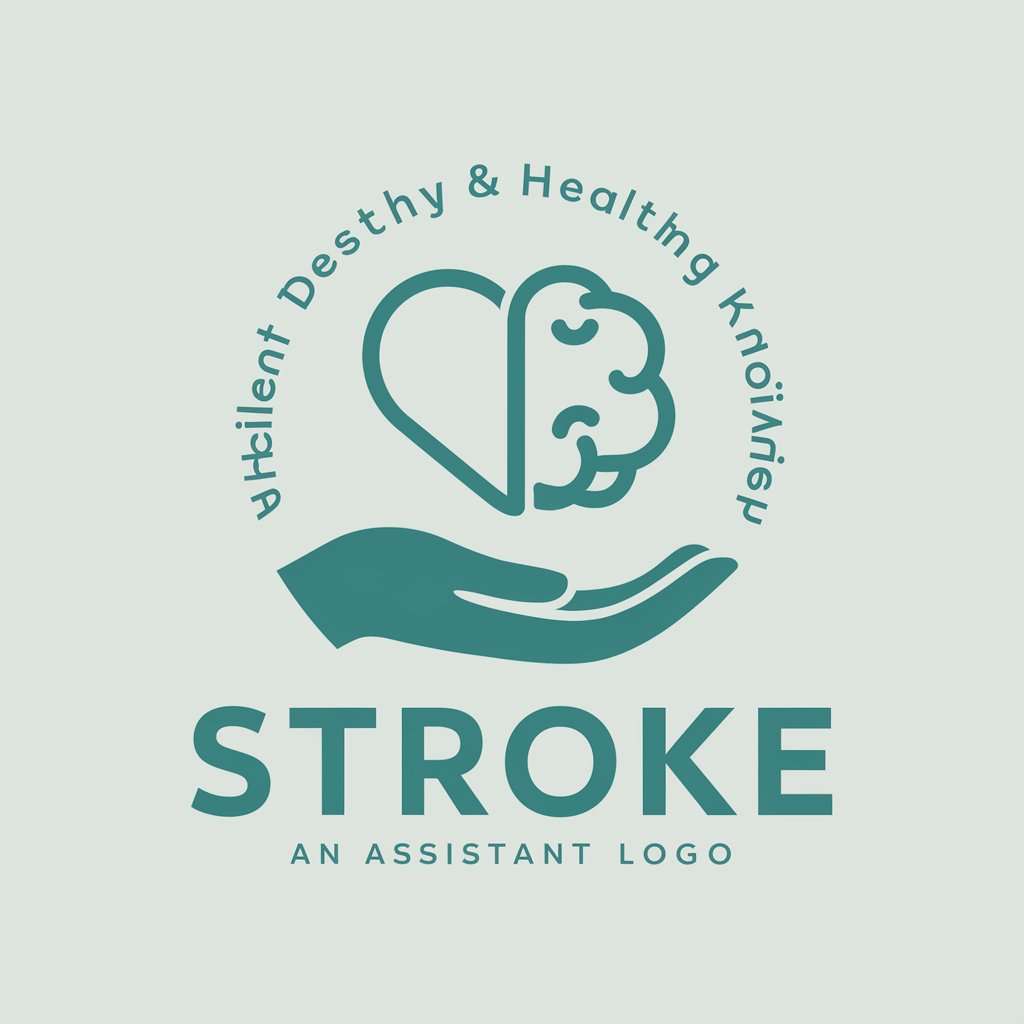
Poker Stroker
Master Poker with AI Insights
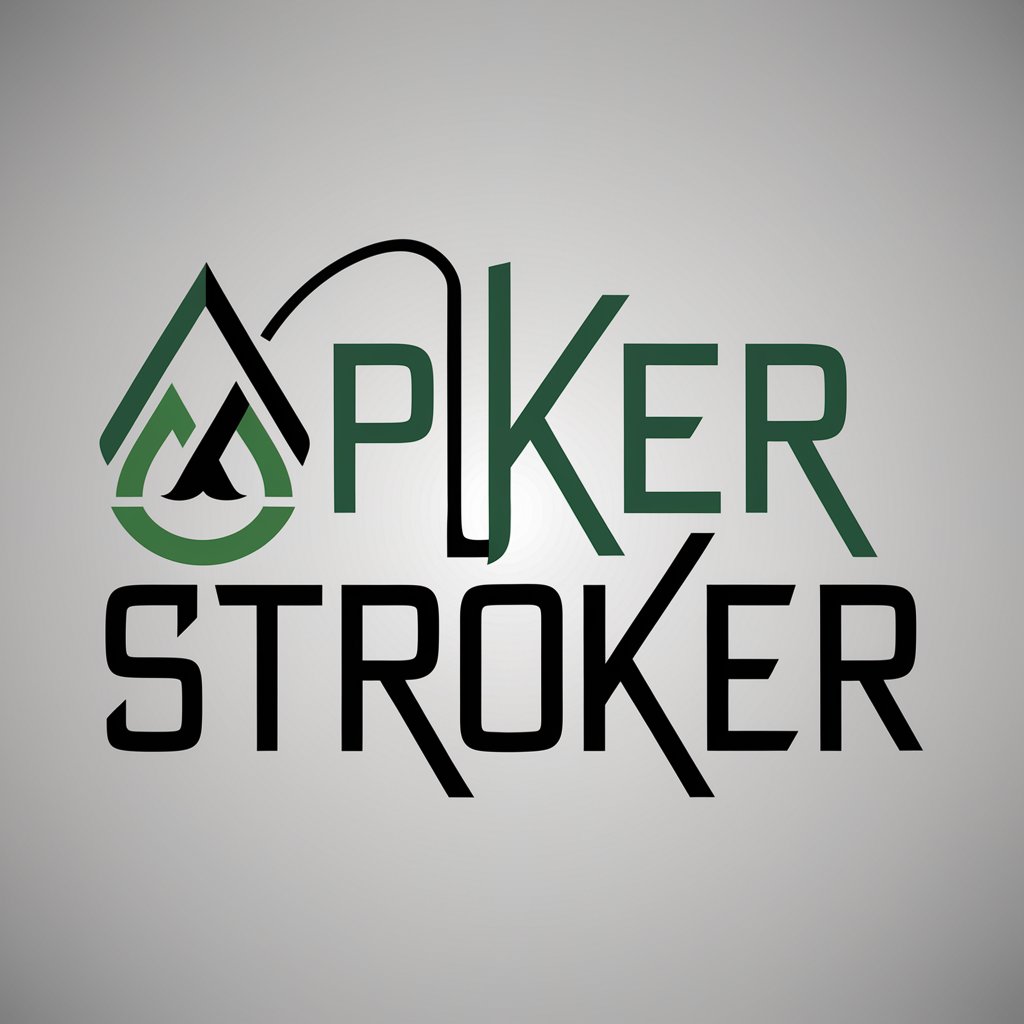
Parenting Pal
Empowering Parents with AI
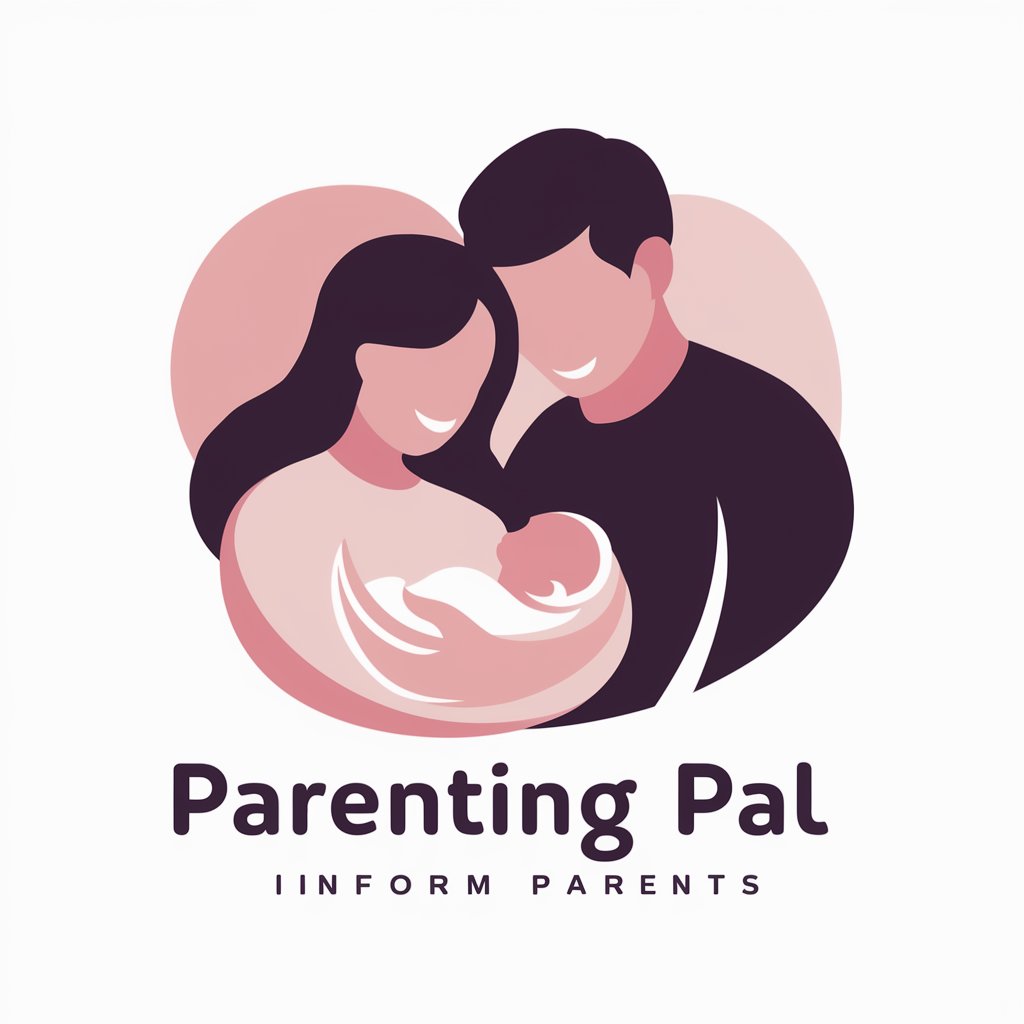
Parenting Partner
AI-powered Parenting Guide
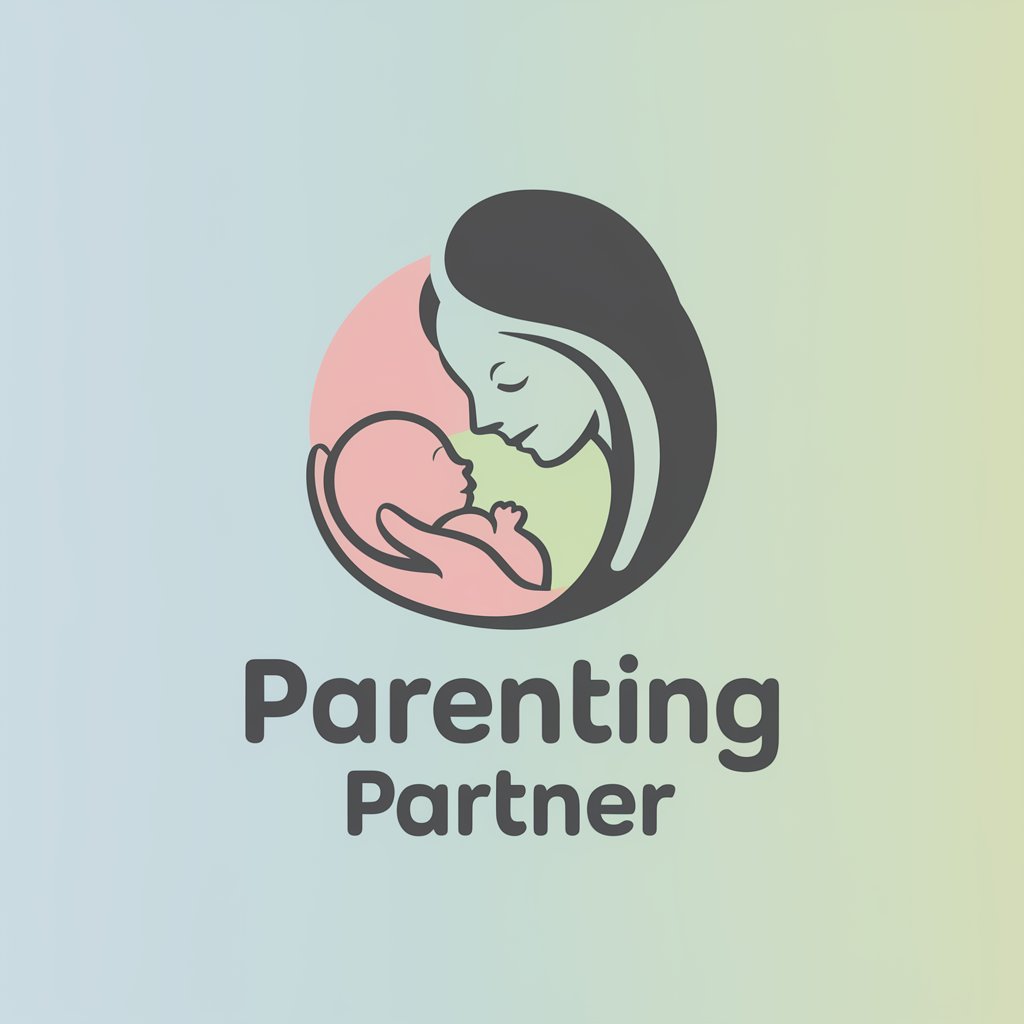
Parenting Pal
Empowering parents with AI-driven insights.
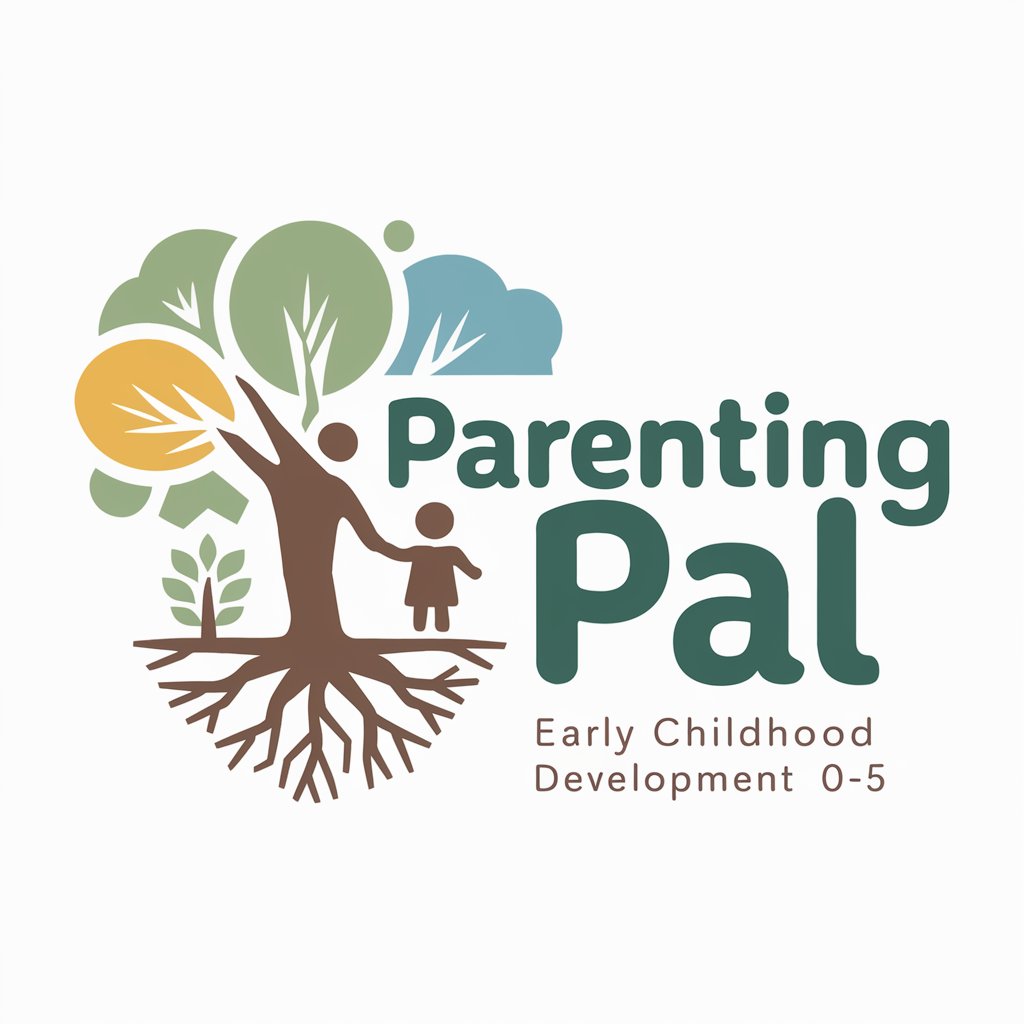
Frequently Asked Questions about Stroke Rehab Guide
What is Stroke Rehab Guide?
Stroke Rehab Guide is an AI-powered tool designed to support stroke rehabilitation. It offers resources and advice on physical exercises, speech therapy, dietary advice, and mental health support.
How can Stroke Rehab Guide assist in motor recovery?
The tool provides information on various motor recovery techniques such as constraint-induced movement therapy and robotics, which help improve limb function and mobility post-stroke.
Can Stroke Rehab Guide help with speech recovery?
Yes, it includes strategies and therapies for overcoming speech impairments like aphasia and dysarthria, which are common after a stroke.
Is there support for caregivers in Stroke Rehab Guide?
Yes, the tool offers resources and information aimed at assisting caregivers in managing care routines and understanding the needs of stroke survivors.
What novel therapies does Stroke Rehab Guide cover?
It explores innovative therapies like stem cell therapy, virtual reality, and repetitive transcranial magnetic stimulation, providing the latest research and trials in these areas.
